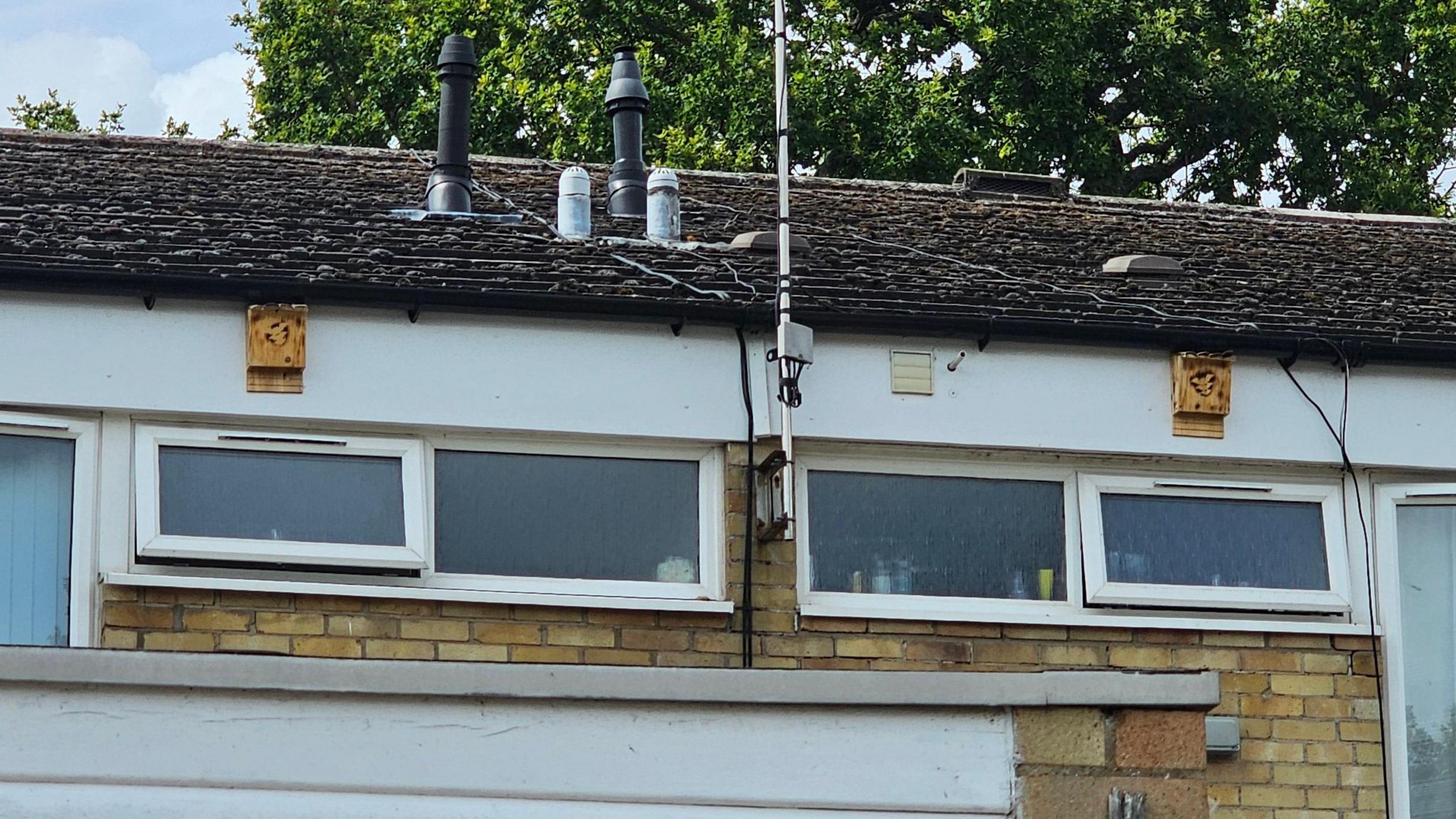Reality TV accused of stigmatising social housing
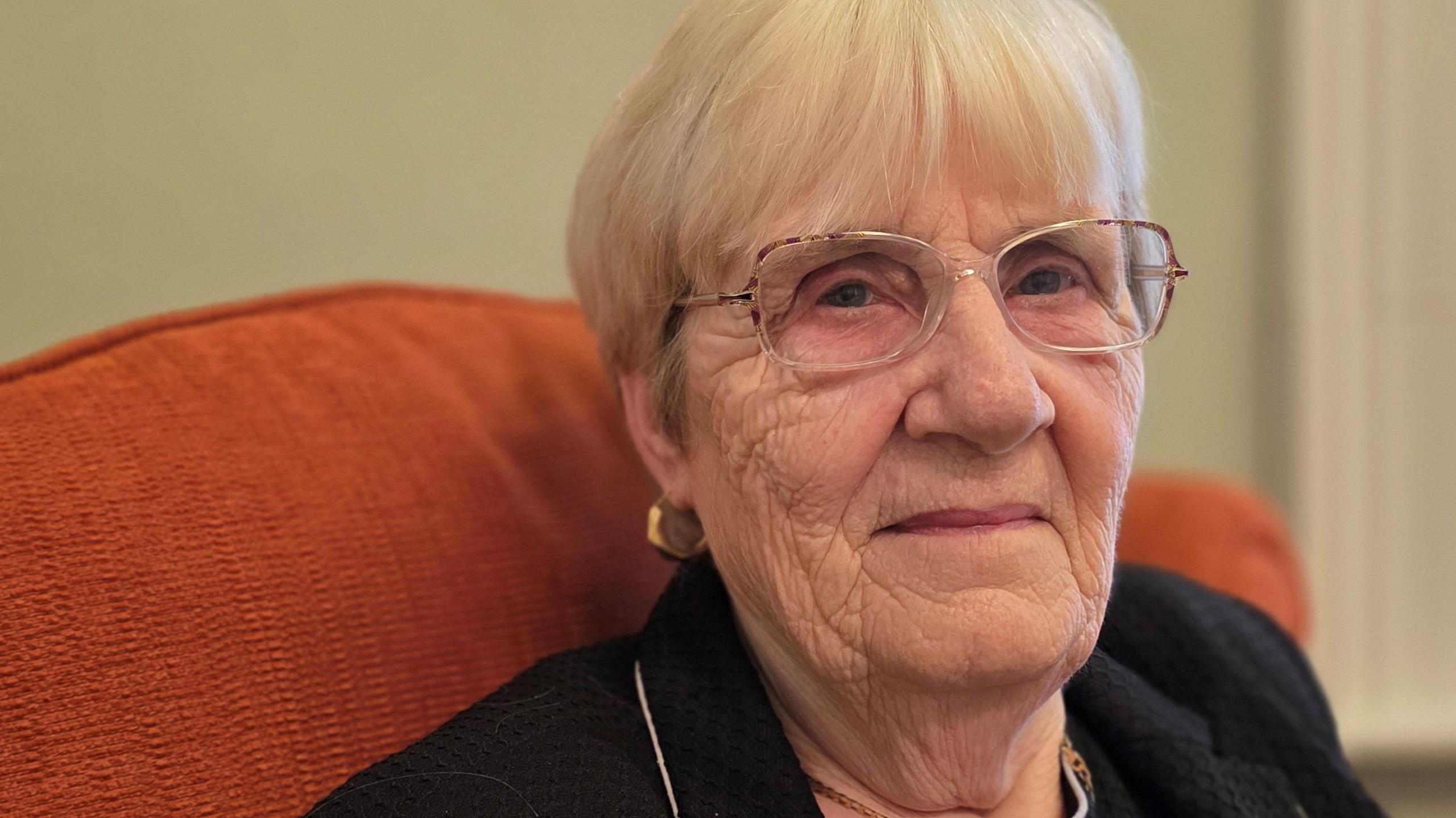
Brenda Canham said people once thought council homes as "luxury accommodation"
- Published
Stigma faced by people living in social housing has been made worse by TV coverage, a report has warned.
The study by housing provider Flagship Group said prejudice began with the sale of former council properties in the 1980s, and shows like Benefits Britain had further contributed to it.
Former Thetford mayor Brenda Canham, who has lived in social housing for over 50 years, believed she had been unfairly judged because she lived on the Norfolk town's Abbey Estate.
But she said it was "a lovely place" with a strong sense of community.
Flagship said its research, external involved more than 1,600 people and suggested TV shows focussing on benefit claimants "perpetuated negative stereotypes".
Channel 5, which screened Benefits Britain, and ITN Productions, which made the series, have been asked for comment.
Flagship identified the introduction of Right to Buy (RTB) in 1980, which allowed the sale of council-built properties at significantly discounted prices, as a key point at which views of social housing began to alter.
Since then, more than 2 million homes, external have been sold to tenants.
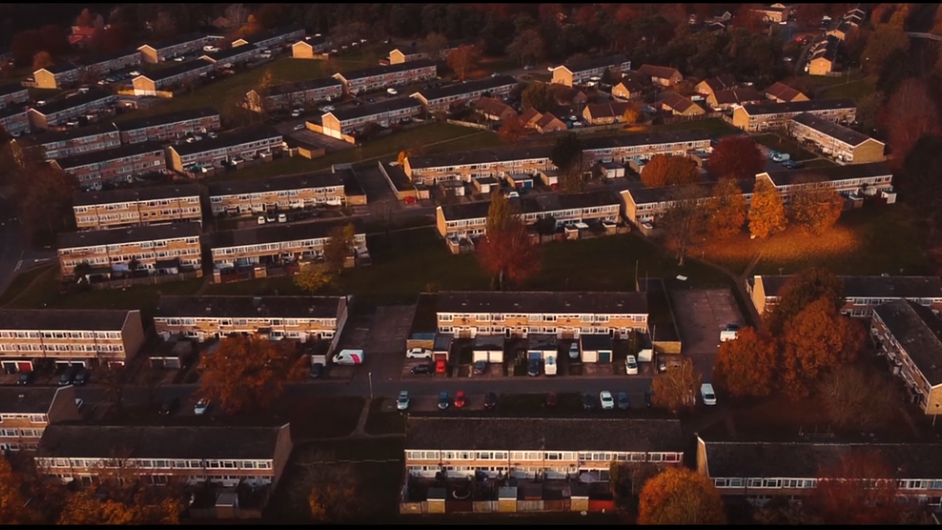
The Abbey Estate in Thetford, Norfolk was built in the late 1960s and early 1970s
Mrs Canham, 73, said when she moved into a new council flat in London with her husband and son in 1970, other family members were jealous.
"They thought, you've got this big luxury accommodation, because we weren't brought up in that situation. You'd get in the bath outside and have a wash."
Nine years later they arranged a house swap and moved to the Abbey Estate in Thetford but she felt views on social housing started to change as RTB came in.
Later elected on to Breckland District Council, she said she faced prejudice from another councillor.
"The attitude towards you is, 'Oh, you've come from the Abbey – we've dragged out the bottom here'.
"One man said, 'You know what you've got to do with the Abbey – you've got to build a wall around it'."
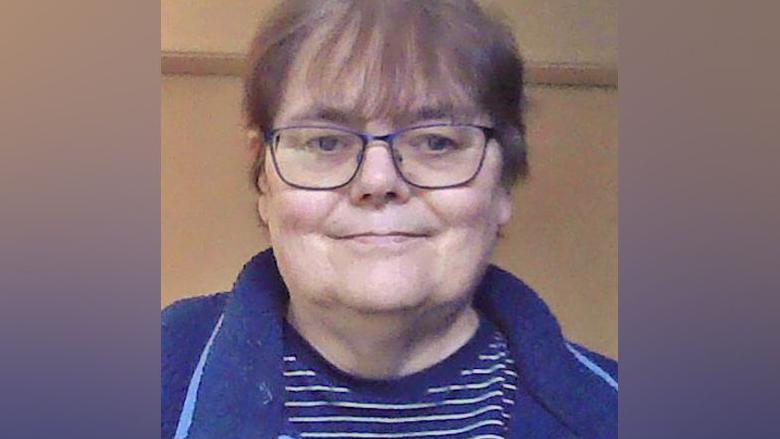
Fiona Brown said she had felt "demeaned" by people because of where she lived
The Stop Social Housing Stigma national campaign group was formed after the Grenfell Tower disaster in 2017.
Treasurer Fiona Brown believed she had been treated "like a second-class citizen" because of her housing status:
"For somebody to be surprised you have a degree, for people to not take seriously what you say because you live in social housing is demeaning. It's demoralising."
She felt, with high private rents and house prices, people might re-evaluate their views on social housing.
"We want people to see social housing as a good choice, something that is good to go into."

Rick Liddiment said TV shows affected attitudes towards people living in social housing
The report's co-author Rick Liddiment grew up in social housing in Great Yarmouth in the 1980s and 90s.
"I saw the power that social housing had to build a strong community, particularly with the neighbours that I had and that helped each other," he explained.
Alongside RTB, he identified TV programmes such as Benefits Britain as factors that helped further develop stigma, something he described as "heartbreaking".
He added Flagship wanted to work with others to try to change people's perceptions.
"We want to get the truth out there and share some good stories about what social housing is and how vital it is to a sustainable community."
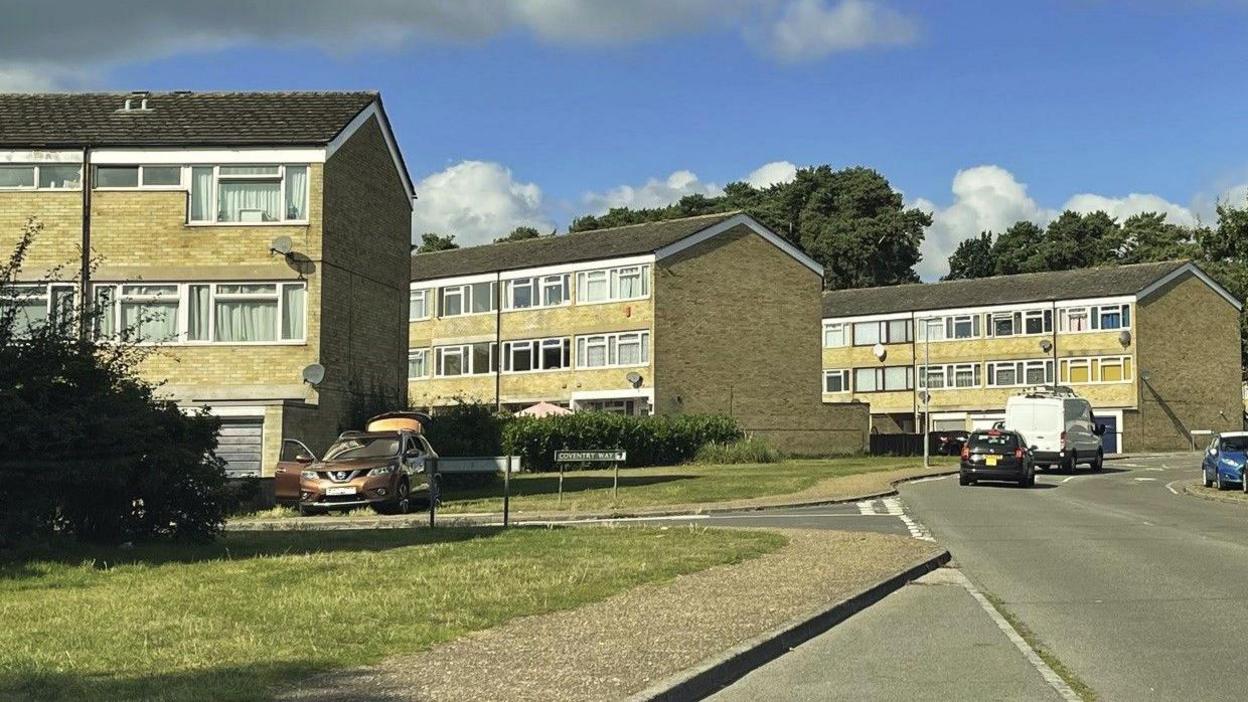
About 3,000 people live on the Abbey Estate
Back in Thetford, Brenda Canham remained fiercely defensive of social housing and the estate she had spent 46 years living on.
"You can go anywhere and you get people you wouldn't want to live next to. But that shouldn't stigmatise all of social housing," she said.
"The Abbey has a reputation of community. Anyone who needs help – they're there to help. We've had people move off the Abbey – they cry to come back."
Get in touch
Do you have a story suggestion for Norfolk?
Follow Norfolk news on BBC Sounds, Facebook, external, Instagram, external and X, external.
More stories like this
- Published10 November 2024
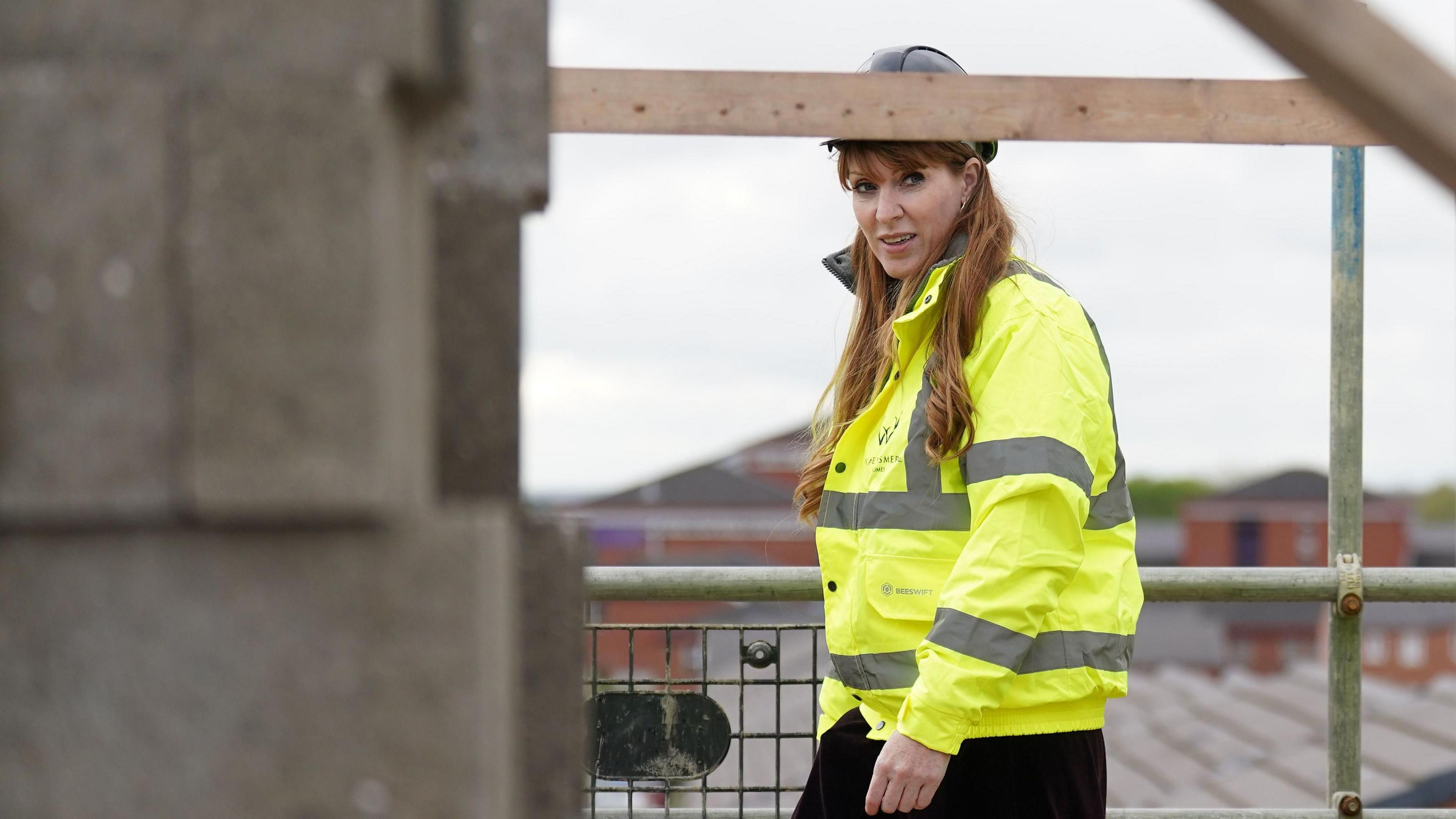
- Published22 September 2024
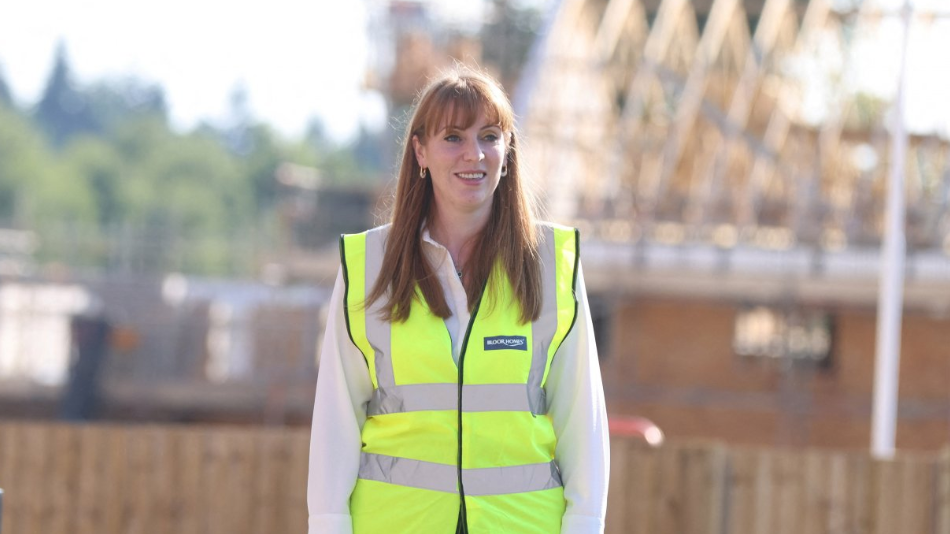
- Published9 August 2024
